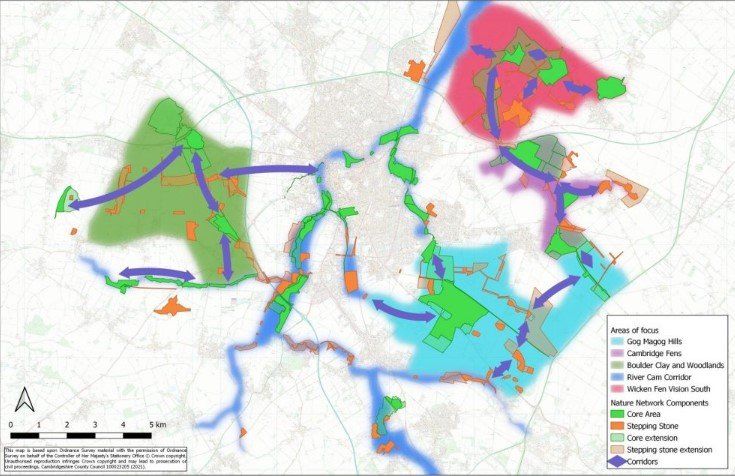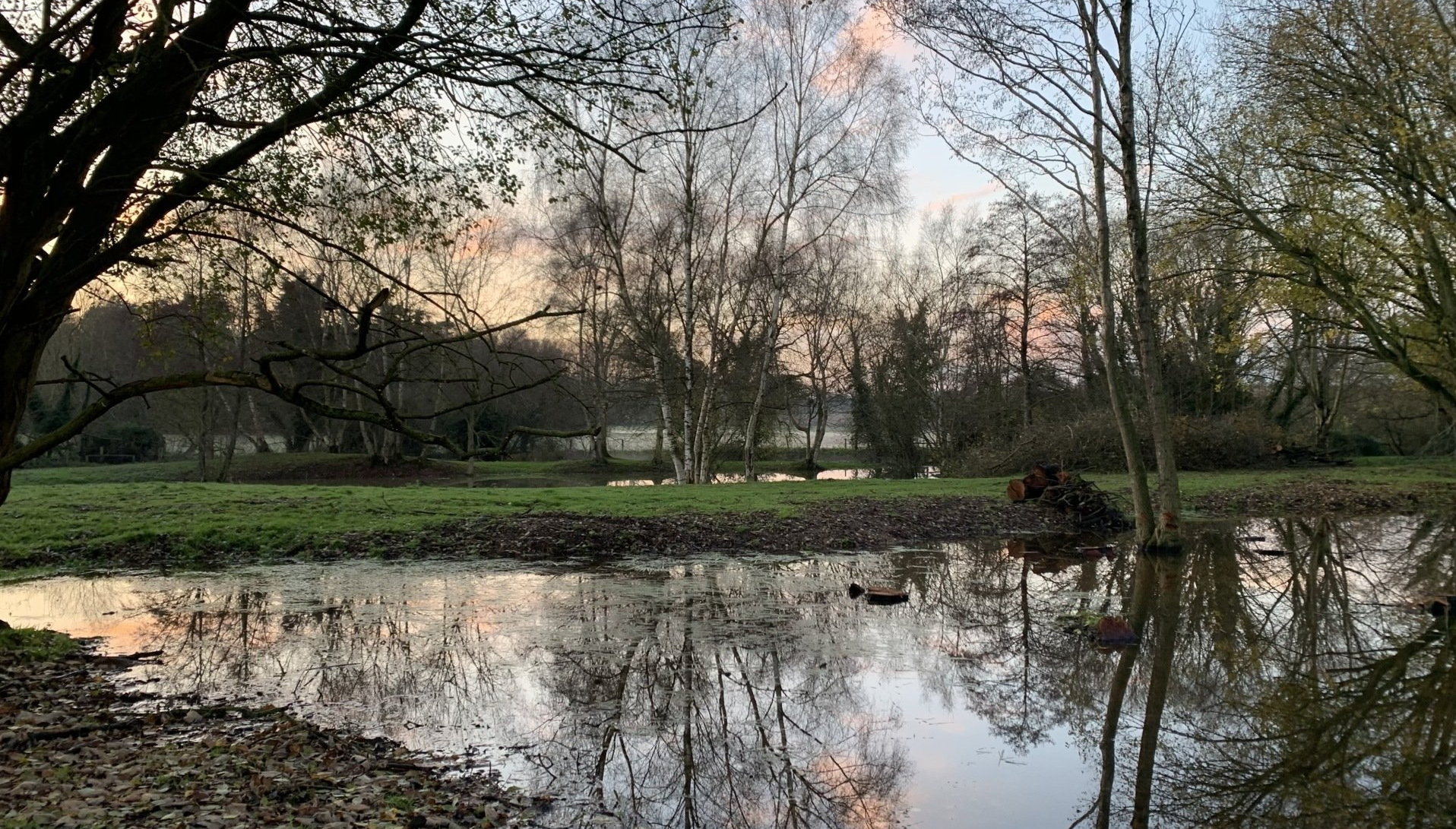Connectivity - Nature Recovery Networks
A pressing need exists both to restore the region's much-depleted natural corridors, and our relationship with the biodiversity they support.
Like us, nature needs connection; which is why organisations like Natural England are looking to encourage communities and landowners around East Anglia to grow stronger natural networks.
Andy Miller is a Senior Policy Advisor with the organisaiton and says the time to act is now.

Above: Wendling Beck Environment Project (Glenn Anderson)
It’s well known by now that if nature is going to stand any chance at all of weathering the twin threats of a climate and biodiversity crisis, we need to make more space for it on land and sea through a Nature Recovery Network. We need it not just for the habitats and species, but also for our very existence, our social and economic well-being. I find very few people who disagree with that, although how we make it a reality often generates lively debate!
There’s work to be done, lots of it, but we’re starting to see the concept of an expanded, joined up, co-created national Network embed itself into policy and law, and practical examples of action at every level, from the large to the small, where all contributions important. Soon we will have Local Nature Recovery Strategies to embed a Nature Network into the planning system and help steer where all our efforts will have the most impact.

Above - Wendling Habitat Vision
A fundamental part of a Nature Recovery Network is connectivity, that is physically linking fragmented and isolated wildlife sites, but also re-connecting our material and emotional relationship with them. There is plenty of evidence, sadly, of how the traditional approach to conservation in the UK is failing to protect nature in the round. East Anglia supports some of the nation’s largest and most impressive nature reserves and protected areas, and they are fantastic places where huge on-going effort is invested in managing for rare and threated wildlife.
But this ‘hold-the-line’ approach of protecting at-risk things in isolated island refuges has not, with a few exceptions, stemmed the general decline and loss of biodiversity across the land. The best efforts of some enlightened landowners using wildlife friendly farming schemes has, again with some exceptions, generally not arrested the general decline either. Part of the solution is joined-up large areas, with linking corridors and stepping-stones where wildlife can thrive, move and migrate, adapt, and build in resilience to change. This includes in our urban areas and coasts and seas.

Above - Cambridge Nature Network habitat map: (Beds and Cambs Wildlife Trust)
This is why it is so inspiring to see and support current and emerging partnership projects who are restoring nature at scale. There are a number of high-profile initiatives underway and planned in East Anglia, where the fight back for nature has begun. This nature renaissance involves a coming together of landowners, conservation groups, planners, academics, private companies and local communities. It is being galvanised not just by policy and new tools, but by pioneering innovative techniques and tapping new sources of investment.
Two exciting (and contrasting) local initiatives, among several others, are the Wendling Beck Environment Project, on the farmed countryside of mid-Norfolk, and the Cambridge Nature Network, in and around the fringes of that great city. Two quite different environments, but both with exciting and ambitious plans to bring back nature, create access for people and realise the benefits to society that a healthy natural environment brings.
Natural England is pleased to be supporting these projects as part of a growing series of nature recovery initiatives nationwide. We’re confident that both will help build the Nature Recovery Network. They’ll create fantastic new large areas for wildlife and people and be the spark for even more connectivity beyond their boundaries.

Above: Wendling Beck Environment Project (Glenn Anderson)
WildEast Blog

Powered by LocaliQ
Follow Us
SIGN UP FOR NEWS & UPDATES
Newsletter Sign Up
Thank you for signing up to our newsletter.
Please try again later.
Privacy / Terms & Conditions / Sitemap
